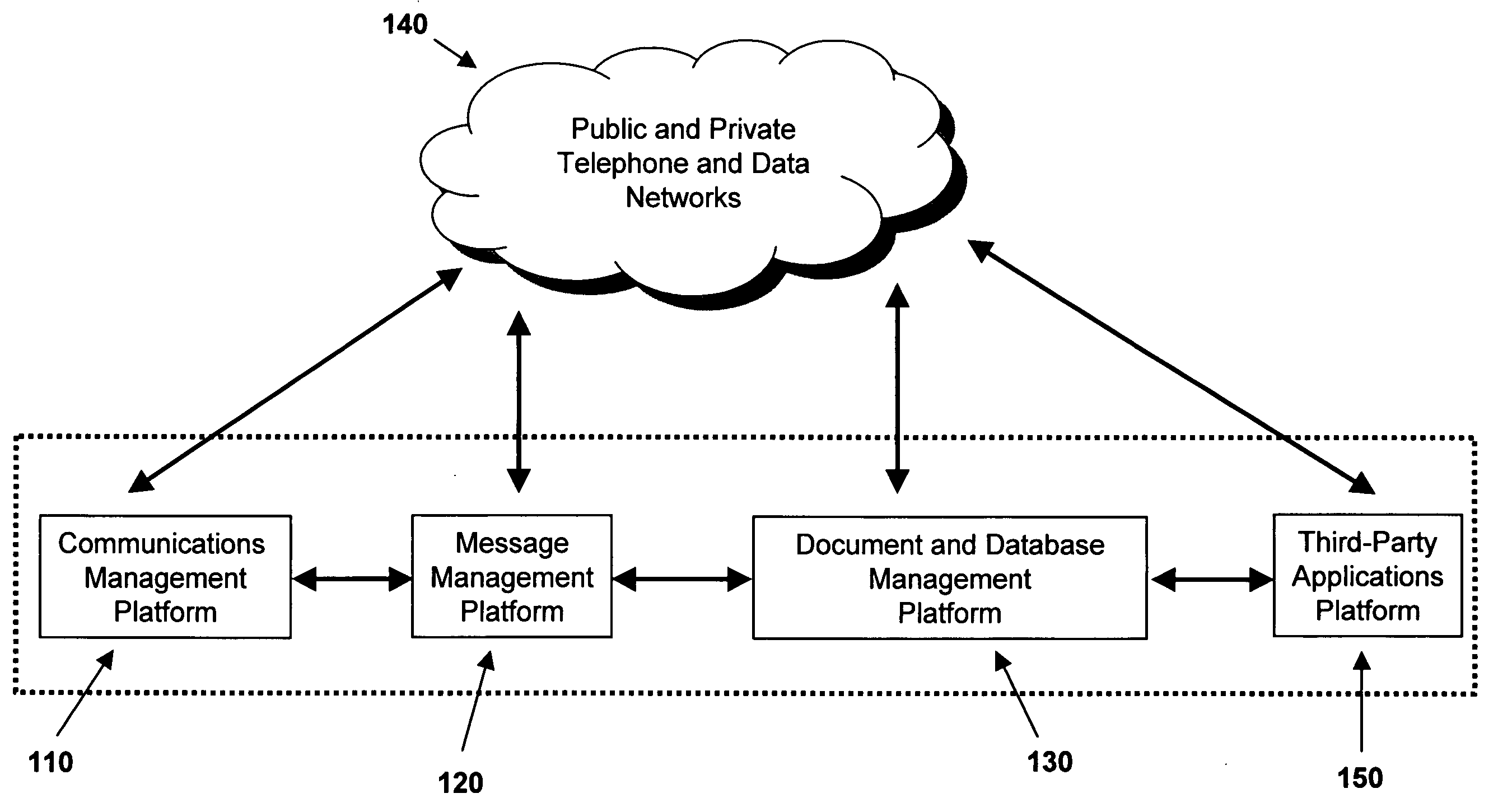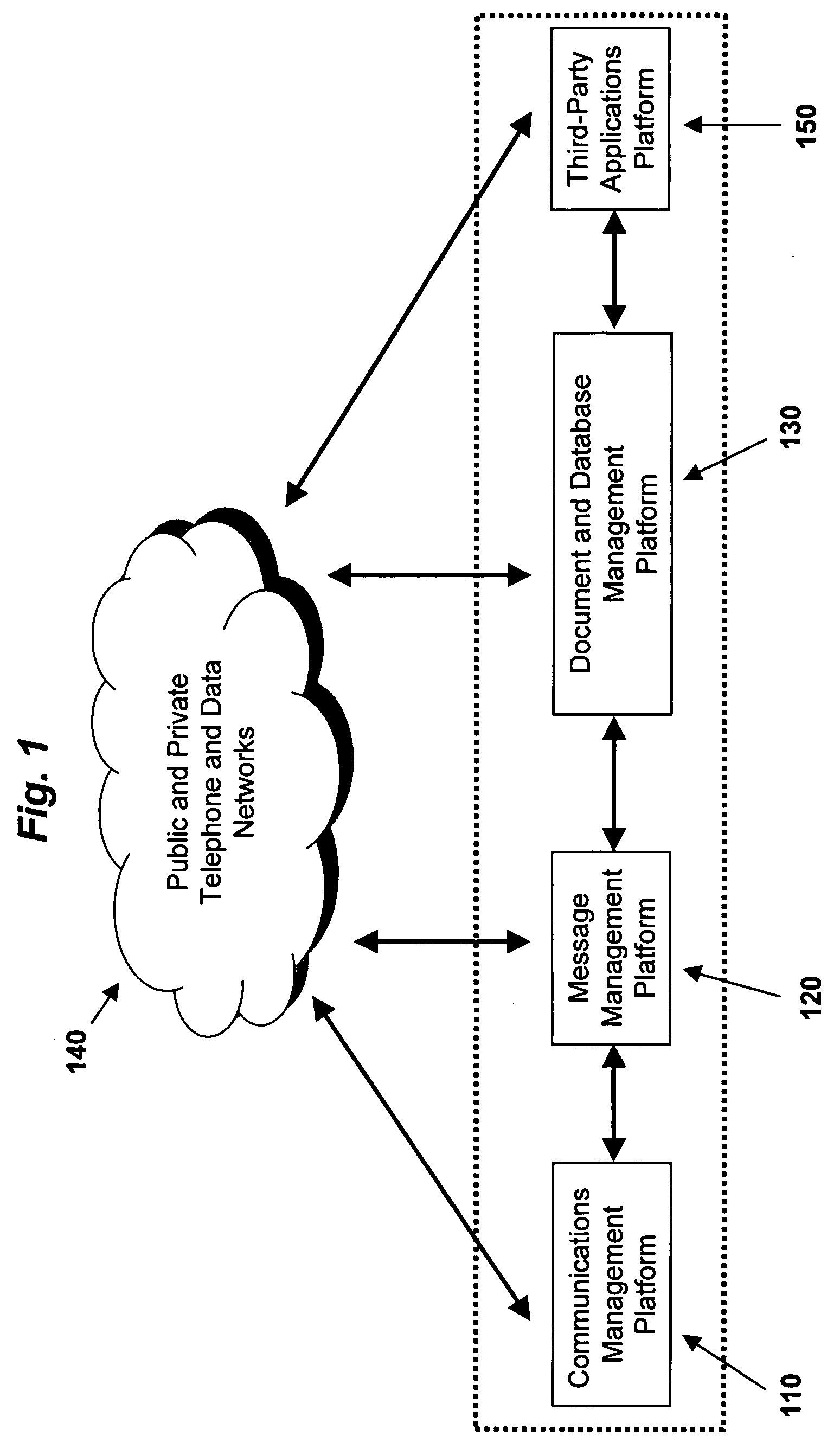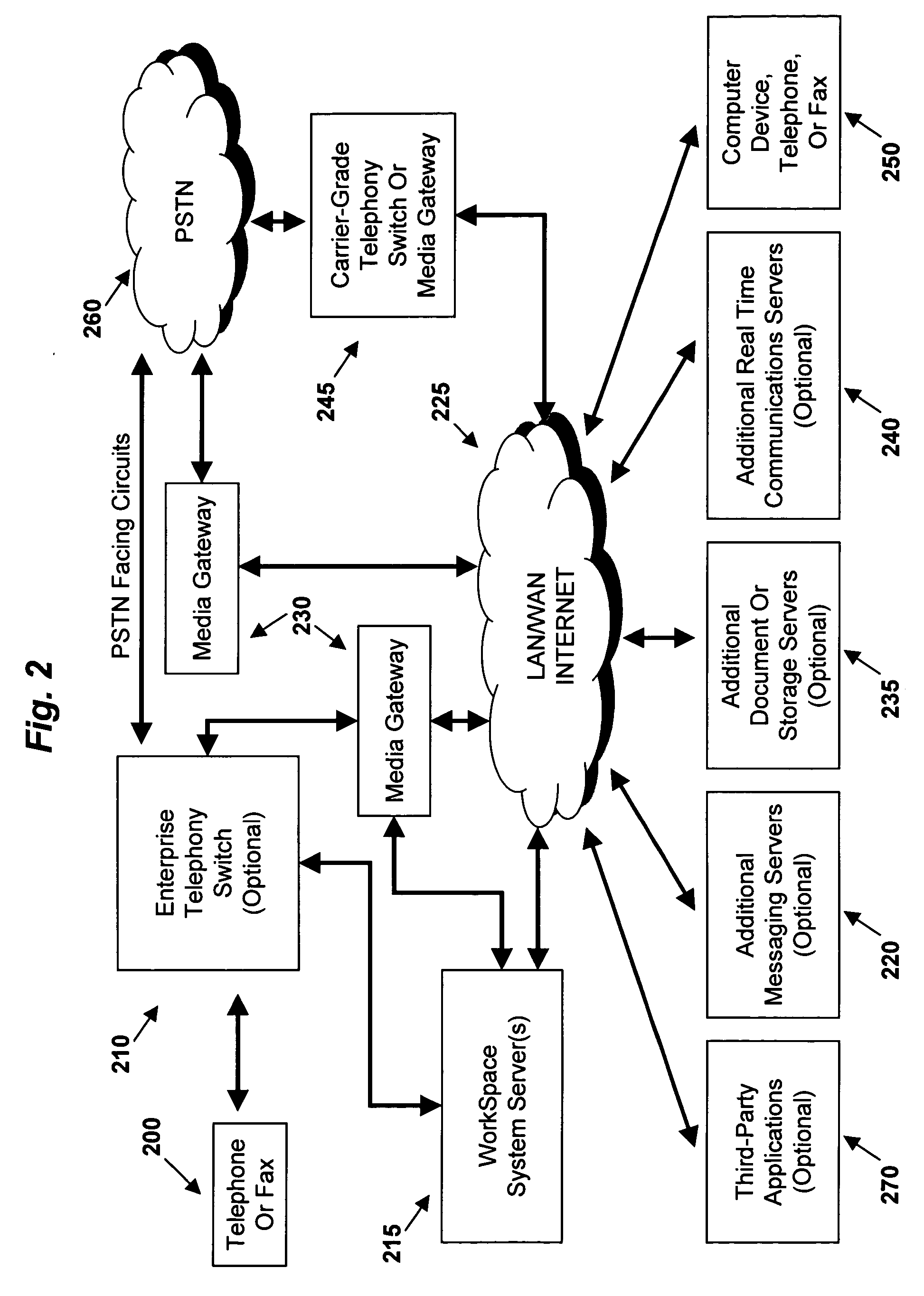Once users are allowed to specify action and
filtering rules, conflicts between and among such rules are inevitable, especially as communication, message and document types and rule-triggering conditions multiply.
However, this still leads to conflict if rule two specifies an action (e.g., mark the message as important) at
odds with rule one (e.g., mark the message as normal).
It is difficult to anticipate the possibility of the above conflict when the user is entering their
call routing rules.
However, when creating a rule, it is difficult for users to determine if one rule may conflict with another.
When users create
filtering rules, they may create conflicts between these rules.
Due to unintended interplay between rules, the behavior of a
system may not conform to a user's expectations.
There are situations where rule interpretation does not produce correct communications, message or document management solutions.
Often users have difficulty understanding such interplays in rule execution order.
Here again users have trouble understanding the interactions of various rules.
ne. But there is no interpretation of what to do at 5:02 p.m. and at 5:58 p.m. even though there are reasonable solutions in both situa
When multiple pieces of evidence are considered in user-created rules, conflicts may also be present.
Service providers usually filter only messages that are generally accepted to be promotional “junk” mail since it is hard for them to determine the value of each type of content.
When users create
filtering rules, it is hard for them to assess and anticipate the potential conflicts between filtering rules and their associated action rules.
Such conflicts in user-created filtering rules arise especially when multiple conditions need to be considered.
The following are some of the conflicts in filtering rules that may result in unintended consequences while applying rules:
This produces unintended results since earlier rules have precedence, a fact that may not be clear to users especially if the earlier rules are “legacy” rules.
This leads to further conflicts as users try to create rules without sufficient consideration of potential conflicts.
This is often a problem for example in unsolicited
email filtering (including rules created by service providers).
Since filtering rules are hard to write, users often combine rules created by others.
This combination is done without understanding the situation when the rules were created and results in unintended consequences.
This situation is often seen when
Internet Service Providers combine lists of suspect sites, resulting in unintentionally blocking legitimate sites included within the general domain.
Rules specified by users may involve conflicts.
However, these prior systems were not capable of supporting distribution lists comprised of both fax numbers and email addresses to be used for the distribution of a fax.
Such distribution lists, however, do not take into account the messaging preferences of message recipients.
While prior systems may contain examples of system-level message and
call management (e.g., forwarding instructions), they generally do not permit
multiple criteria specification for such rules (e.g., forward all email from “Friends” (sender criteria) that contain a music file attachment (attachment criteria)).
They also do not typically permit a set of criteria to apply to a particular group of users or accounts (e.g., forward incoming email with the word “billing” in the subject line to certain individuals in accounting).
Finally, virtually no prior art system-level management platforms allow for different actions to be taken for different criteria, as described herein.
This may be the intended effect but unlikely because message management rules that multiply messages are rarely useful to most users.
A basic repository of messages would not enable such nuanced applications of message management rules.
If a second rule specifies that the same message be marked normal, a conflict arises that is not easily resolved.
One problem that is common to many
unified communications solutions today is the need to manage messages at least twice when different access methods to messages are permitted or when messages are routed to non-system locations.
The cause of this problem is the fact that equivalent messages are produced in various devices and locations.
This too is an extreme outcome not desired by all users.
The problem of multiple message management is more difficult to resolve in a context where the message itself has been forwarded or otherwise sent to a device or location outside the message
management system.
For example, this embodiment of the
WorkSpace system will not provide users with prompts that apply to faxes if they do not have faxes.
The second and more complicated way to “create” linkages is to generate a scoring scheme to determine whether a contact in a user's
list is a member of the system.
Users may wish to limit the individuals with whom they communicate through these methods because of the invasive and pervasive nature of such communications.
They are invasive because they intrude into an individual's privacy in a written and recorded form.
This simply cannot be done with systems that incorporate fax-to-email functionality.
 Login to View More
Login to View More  Login to View More
Login to View More 


